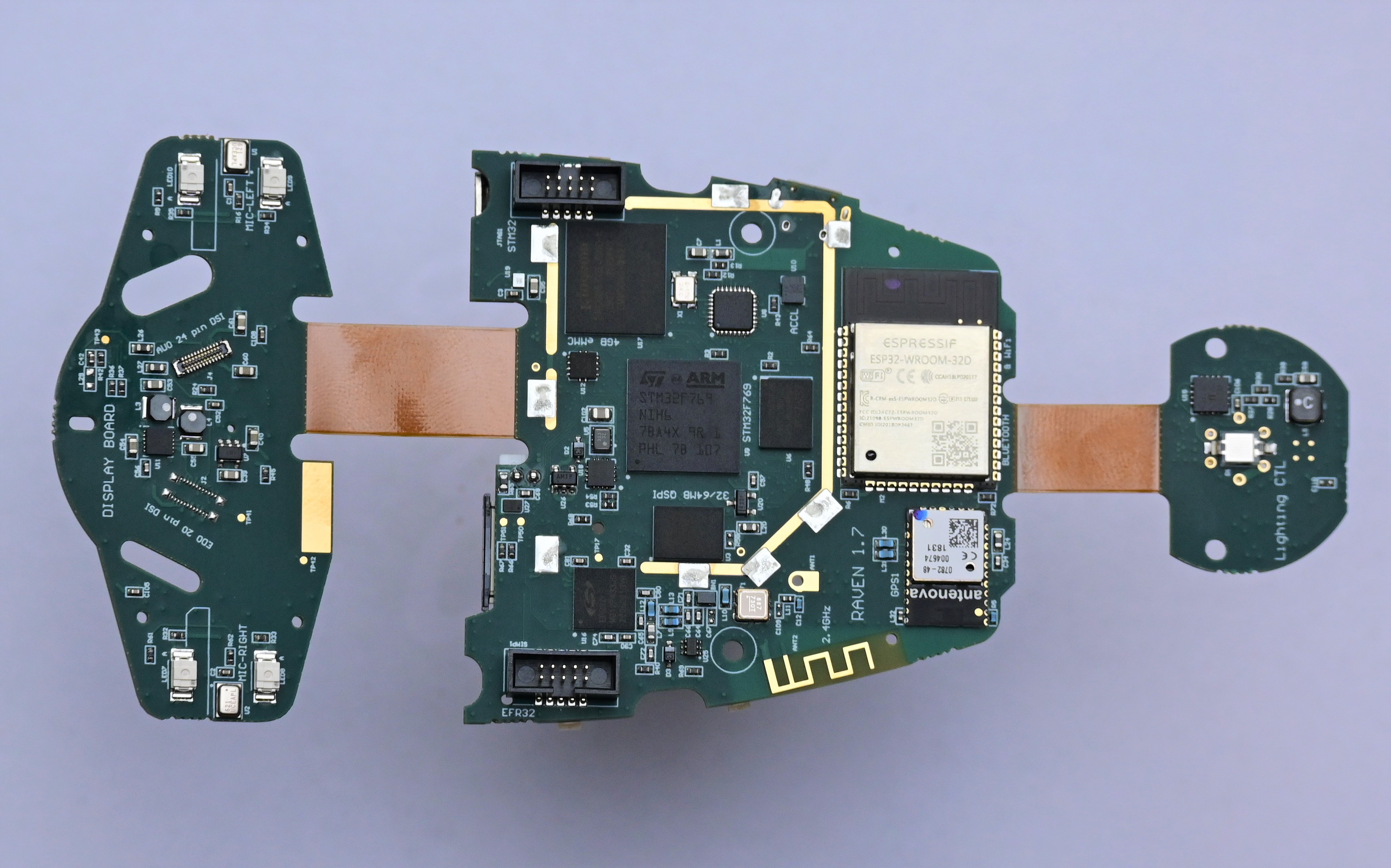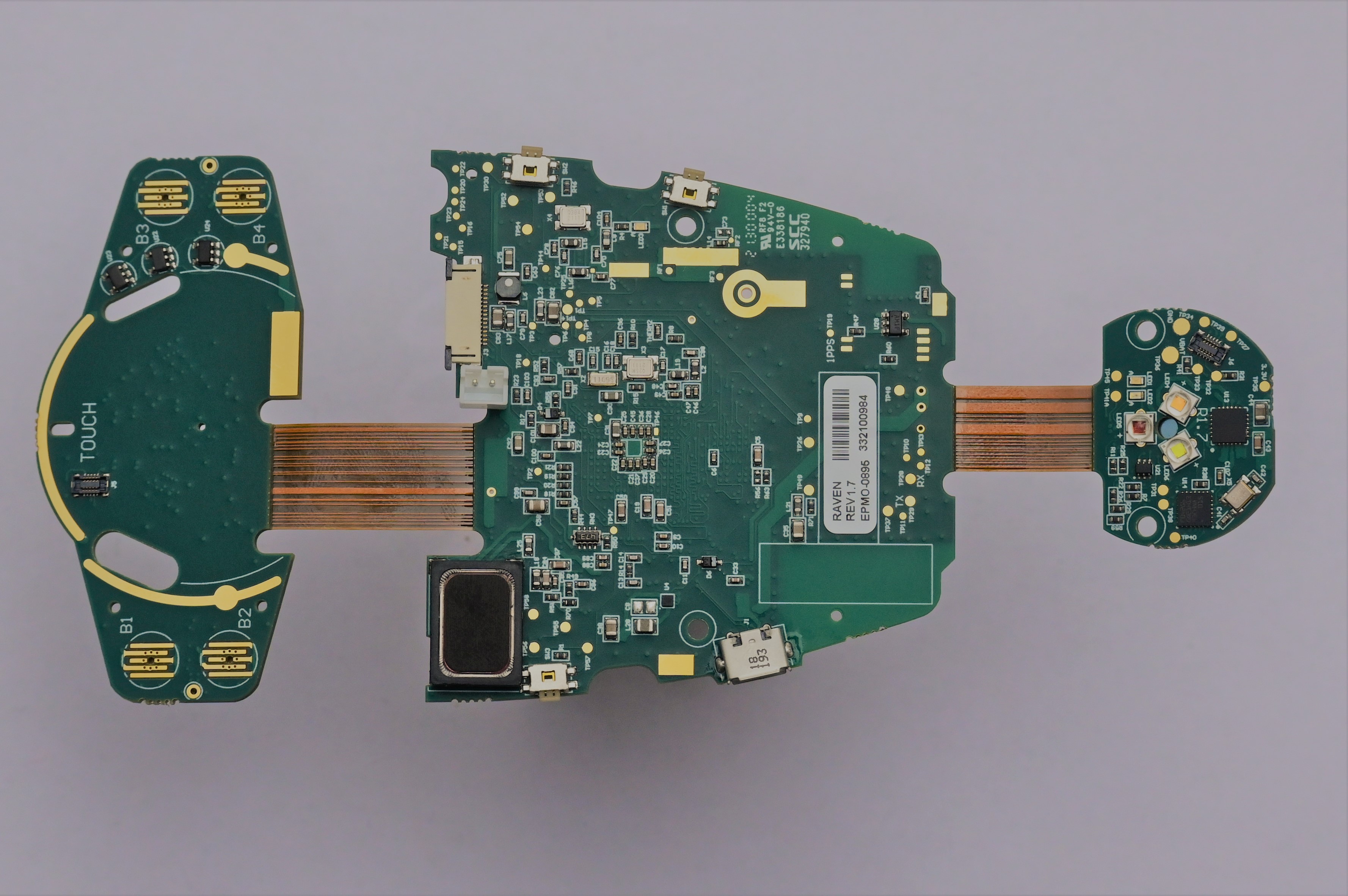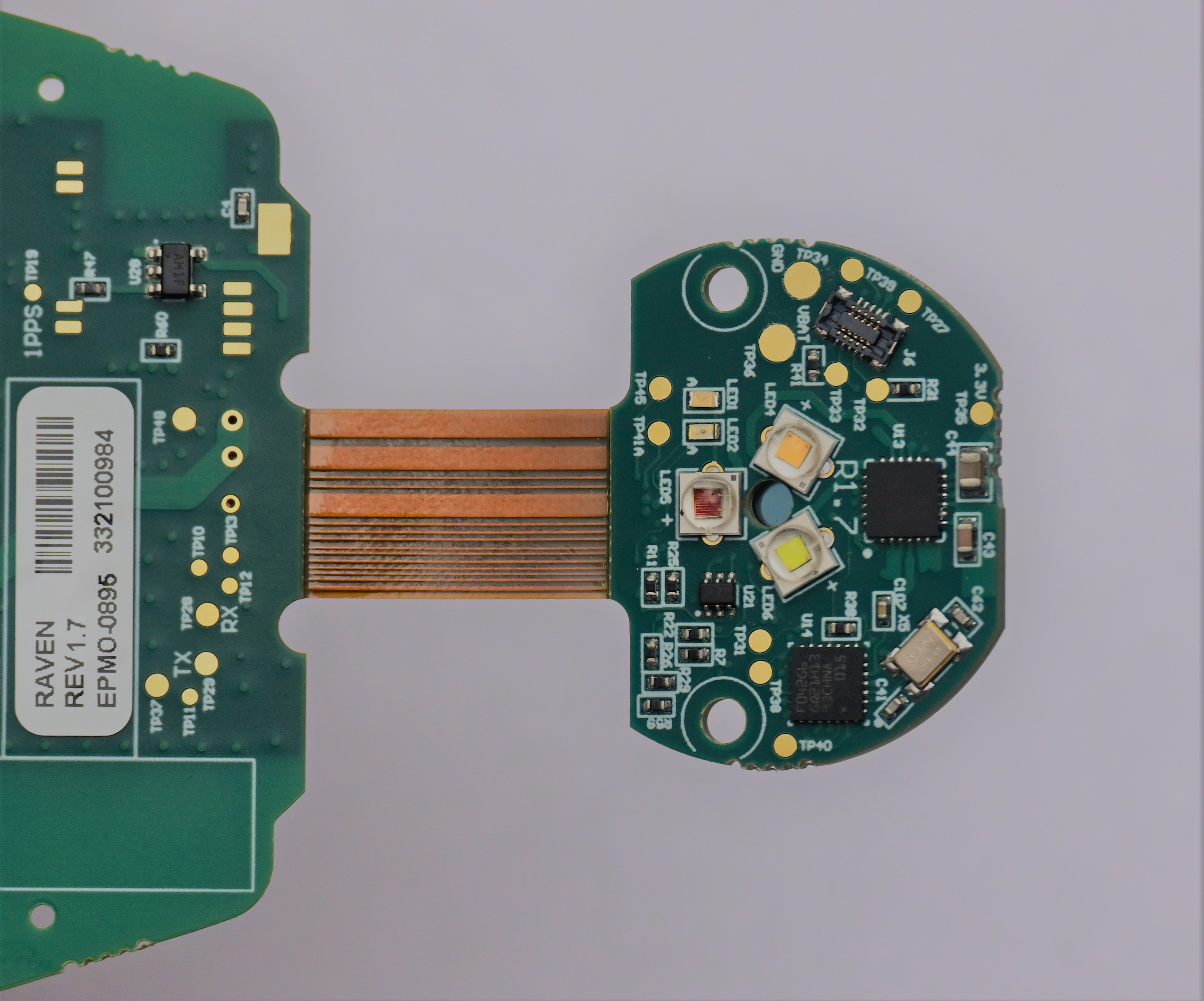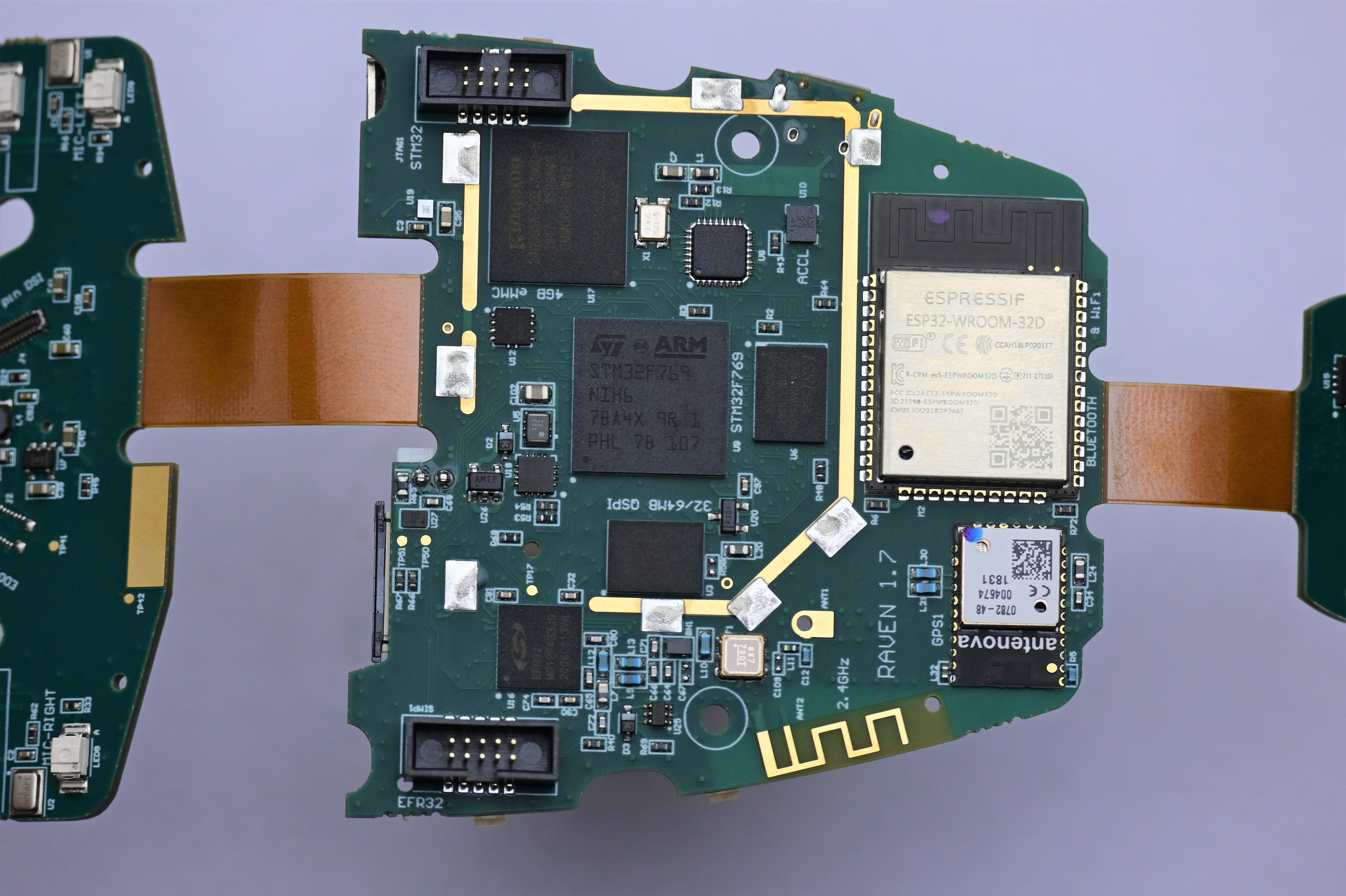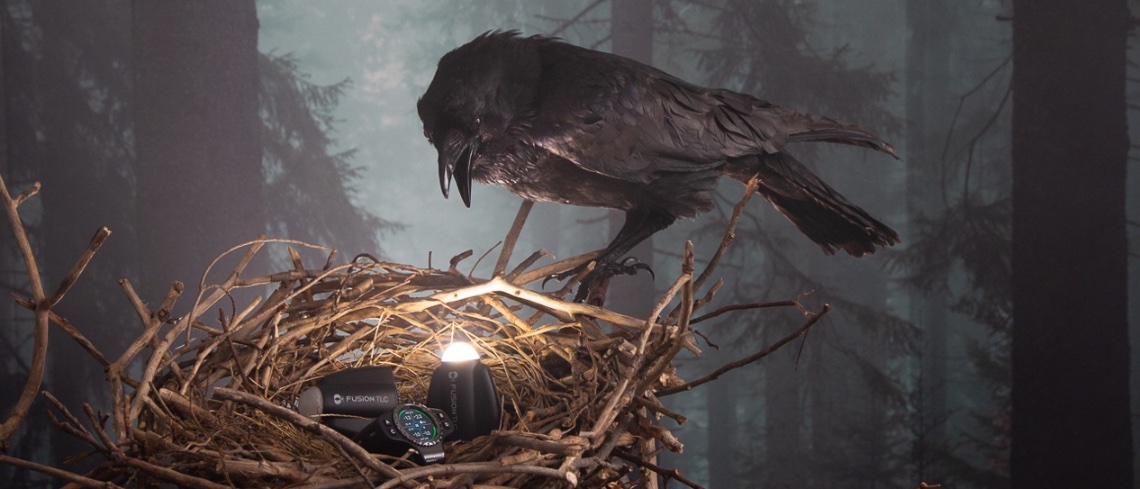To improve the accessibility of our content, please find the audio version of this blog post.
What impact can a graphical user interface (GUI) have on an industry? Since seeing is believing, let’s answer this question by looking at the Raven from FusionTLC. The recently released wireless flash controller sits on top of DSLRs (Digital Single-Lens Reflex Camera). Although it can serve as a flash, its primary purpose is to command external lighting equipment remotely. As such, it is unique because it’s the first wireless system in the industry to support all significant flash companies simultaneously. Additionally, it is also the first to provide such a bright, colorful, and touch-sensitive display. Indeed, its round OLED 1.4-inch capacitive touch screen is at the center of the innovations FusionTLC brought to the user experience.
Shining a Light on Current Challenges
Searching for wireless flash triggers in online stores reveals that competing products look very different from the Raven. The displays are low-contrast monochrome LCDs, if there is one at all, which makes outdoor usage in direct sunlight a problem. Finally, the competition’s interface appears convoluted as it requires a myriad of buttons and a tiny thumb wheel. FusionTLC thus differentiates itself through its GUI and large tactile bezel dial. The device can control lighting equipment from different manufacturers simultaneously, thanks to its many communication stacks. The Raven will also last between 16 and 20 hours in continuous use on a single charge. The company extended the battery life by using a dynamic clock switching scheme and taking advantage of the low-power modes of the STM32F7.
Raven: From a TouchGFX Demo on a Discovery Kit to a Custom PCB
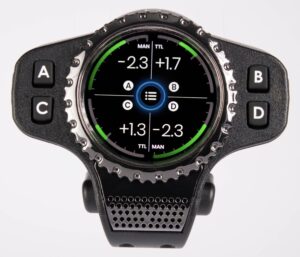
As teams often wonder how to start a project, the Raven is a masterclass in efficiency. Jim Clark and Jason Lin, FusionTLC’s founders, explained that they first discovered TouchGFX during an ST workshop. The story behind the Raven is thus interesting because it started just like so many other projects. After learning about the graphical framework, Jim got a 32F769IDISCOVERY Discovery Kit and experimented with it. Then, once he got a few demos running, he quickly moved to his custom PCB. To simplify the process, he used STM32CubeMX to setup his pinout configuration rapidly. He also used the development board’s schematics to design his platform. As Jim explained,
“Starting with ST’s schematics helped me tremendously. I kept what I needed, got rid of many things, added the display, the wireless devices, and the other components I knew I needed. Ultimately, I had a custom PCB layout ready only 15 days after the end of the workshop.”
Raven: From an Internal Project to a Collaboration with ST Authorized Partners like Mjolner and Embedded Partners
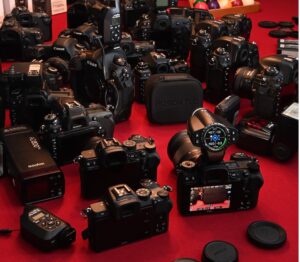
The Raven offers a unique display and a communication stack that stands out from the competition. When engineers must deal with such a wide range of features, teams often wonder what they should outsource. Finding the right balance is never easy, and the Raven offers a few lessons. For instance, FusionTLC worked with Mjolner, an ST Authorized Partner, very early on. As a TouchGFX Implementer, Mjolner created a UI design style that helped Jim’s teams right away. Hence, this case study highlights the importance of working on the GUI right away.
Waiting for the completion of all the backend features before thinking of the UI will drastically slow developments. FusionTLC also worked with Embedded Partners, another member of the ST Partner Program. The company, headquartered in Israel, offered development services to reduce the time to market. The experience was so successful that even today, despite having internal developers, FusionTLC still asks Embedded Partners to maintain some aspects of the application.
“There were numerous technical challenges. For instance, using a PSRAM instead of a more traditional DRAM meant solving a few uncommon issues to ensure a reliable frame buffer. Similarly, the round display uses a MIPI DSI interface that’s foreign to this type of product. By working with Mjolner and Embedded Partners, we found the right balance. They helped us find original solutions while we worked internally on our unique communication stack.” – Jim Clark
Raven: From Basic Ideas to Unique Features
Sync View
Engineers are always thinking about the ways they can make a difference. Traditionally, they are looking to create unique features. However, this is often only possible if the project’s early days are efficient and there’s a proper balance between the work internal teams are doing and the tasks a company delegates to partners. The Sync View feature on the Raven is one example that demonstrates this principle. Sync View is a graph that shows when the camera’s shutter opens and closes. At the same time, the graphical model shows when flashes illuminate a scene. As a result, photographers can determine if they are truly benefiting from the lighting equipment. FusionTLC was able to ship this feature after taking advantage of the new Graph Widget from TouchGFX. Because the company worked on the graphical framework early on, they adopted the new feature even though ST released it in the middle of the Raven’s development.
Over-the-Air Firmware Updates
Wireless flash controllers are notoriously difficult to update. Too often, users must connect them to a PC and use software that is far from optimal. Jim’s team wanted to make a difference and offer something unique. Hence, FusionTLC designed an over-the-air firmware update system that can download files without interrupting a photo shoot. By using the MCU’s Direct Memory Access (DMA) feature, the Raven’s Wi-Fi module can directly write to the RAM without impacting the application code. Moreover, FusionTLC also added graphical elements within the bootloader. Hence, users can see a progress bar that helps them understand the upgrade process better. Additionally, by integrating a Wi-Fi module early in the design, FusionTLC developed a feature that significantly enhances the user experience.
Movement Detection
Another functionality that stands out is the movement alert. By using an ST accelerometer, FusionTLC can detect if a camera moved after the photographer mounted it or if someone is running away with it in the event of a theft. The system can thus send an alert to warn the device’s owner. It is extremely rare to see such a system in this category of products. The Raven is, therefore, an object lesson in the importance of finding a manufacturer with a broader range of solutions. By using the MCU and the sensor from ST, FusionTLC was able to use familiar solutions to code original ideas.
